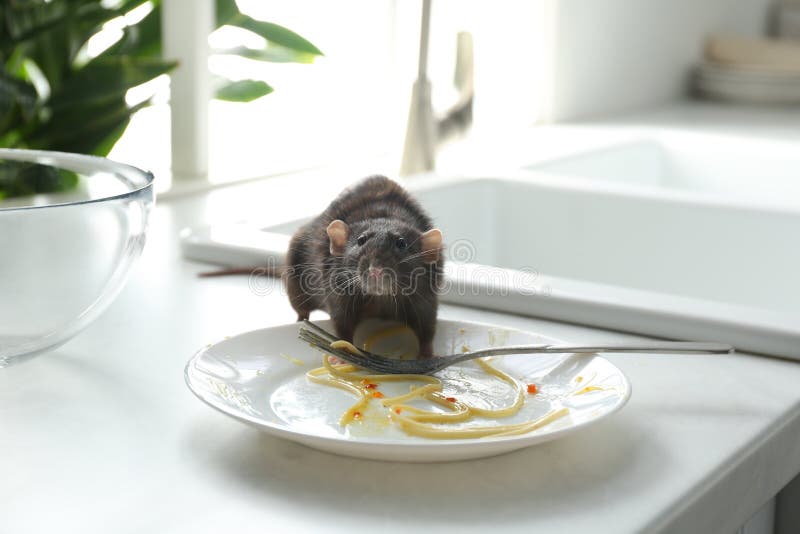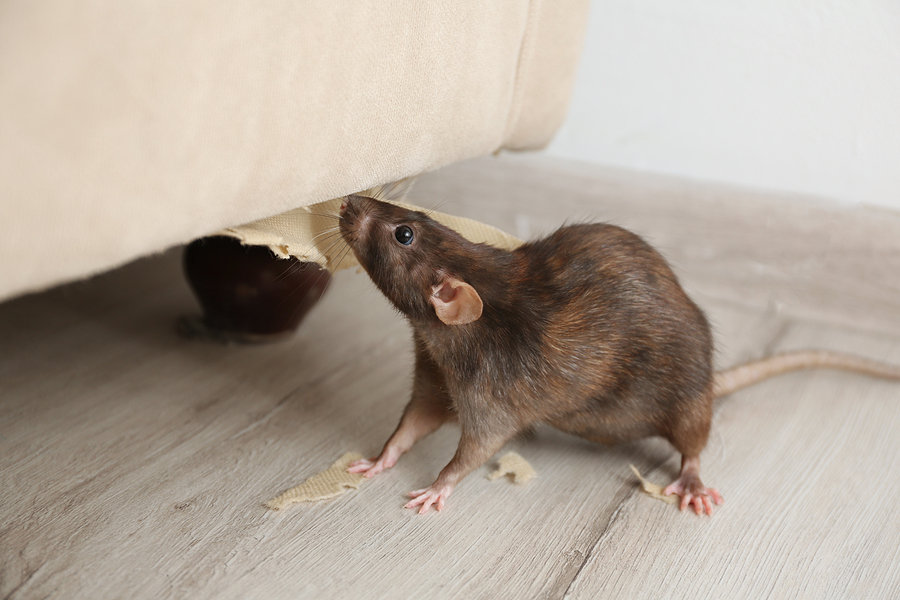How to Create a Rodent-Proof Perimeter for Your Home
Share
Establishing a rodent-proof house perimeter is vital for safeguarding your home and ensuring the health of your family. Rodents can be more than just a nuisance; they bring diseases, cause property damage, and pose serious risks to well-being. By taking proactive steps to rodent-proof the exterior of your home, you can significantly reduce the likelihood of these unwelcome intruders.
In this article, we will delve into various techniques and practical tips to help you build a rodent-proof house perimeter, allowing you to maintain a secure and inviting living space. With the right information and tools, you can effectively keep pests away and enjoy peace of mind.

Recognizing the Risks Posed by Rodents
Rodents like mice and rats are drawn to homes due to the availability of food, shelter, and water sources. They are notorious for chewing through electrical wiring, insulation, and even wooden structures, potentially leading to costly damage. Additionally, these creatures can carry severe diseases such as hantavirus, leptospirosis, and salmonella, which pose major health threats to humans.
Understanding rodent behavior is essential for effectively keeping them out. As nocturnal creatures, rodents can fit through surprisingly small gaps, making it imperative to seal any probable entry points in your residence.
Spotting Vulnerable Areas
To effectively establish a rodent-proof house perimeter, you first need to identify areas around your property that might be vulnerable. Common access points for rodents include:
- Gaps around doors and windows
- Cracks in the foundation
- Spaces around utility lines and pipes
- Vents and chimneys
- Damaged roofs or eaves
Conduct a thorough inspection of these spots and take note of any evidence of rodent activity, such as droppings, gnaw marks, or nesting materials.
Sealing Off Entry Points
After pinpointing potential entry points, the next crucial step is sealing them effectively. Use materials like steel wool, caulk, and weatherstripping to close off any gaps or cracks. Steel wool is particularly effective, as rodents are unable to chew through it.
For larger gaps, consider using metal mesh or hardware cloth. Also, make sure that all doors and windows are fitted with weatherproof seals to eliminate any openings. Regularly maintaining and inspecting these seals is essential for preserving a rodent-proof house perimeter.
Keeping a Clean Environment
Maintaining tidiness both inside and outside your home is crucial for deterring rodents. Store all food items in airtight containers and dispose of garbage regularly. Keep kitchen and dining areas free from crumbs and spills.
Moreover, attention to your yard is equally important. Trim back trees or shrubs that are near your house to eliminate potential nesting spots. Clear away clutter and debris from your outdoor space, as these can provide hiding areas for rodents.
Employing Natural Deterrents
Implementing natural deterrents can serve as an effective way to rodent-proof your home's perimeter. One option is using peppermint oil, which is known for its strong scent that repels rodents. Soak cotton balls in peppermint oil and position them around entry points and other vulnerable locations.
Additionally, you can plant herbs like lavender, rosemary, and mint around your property as they tend to deter rodents. You might also consider ultrasonic pest repellents that emit high-frequency sound waves, keeping rodents at bay without disturbing humans or pets. For more information on using natural deterrents, visit our guide on planting mint as an effective measure.
When to Seek Professional Assistance
If you find yourself facing a significant rodent infestation, reaching out to professional pest control services may be necessary. Experts can evaluate the situation, identify entry points, and develop a tailored pest control strategy tailored to your specific needs.
Professional service providers can also offer routine inspections and upkeep to ensure that your rodent-proof house perimeter remains effective. For tips on repelling rodents naturally, check out our article about clove and rosemary as potential solutions.
For additional detailed advice, you may want to explore this comprehensive guide on maintaining a rodent-free home.
Conclusion
Establishing a rodent-proof house perimeter is a proactive measure to safeguard your home and family from the dangers posed by rodents. By gaining insight into rodent behavior, identifying weak points, and implementing effective deterrents, you can create a safe, secure living environment.
Remember that consistent maintenance and vigilance are key to keeping rodents away. With the right strategies in place, you can have the peace of mind that comes from knowing your home is shielded from these unwelcome pests.

FAQs
What signs indicate a rodent infestation?
Indicators of a rodent infestation include droppings, gnaw marks, scratching sounds, and sighting of nesting materials. If you observe any of these signs, its crucial to act promptly to prevent the issue from escalating.
Can rodents inflict structural damage to my property?
Absolutely; rodents can cause substantial damage by gnawing through electrical wires, insulation, and wood. This can result in expensive repairs and create fire hazards if wiring is compromised.
Are natural deterrents effective in keeping rodents at bay?
Natural deterrents like peppermint oil and specific herbs can effectively repel rodents. However, it's best to use them alongside other rodent-proofing techniques for optimal results.
